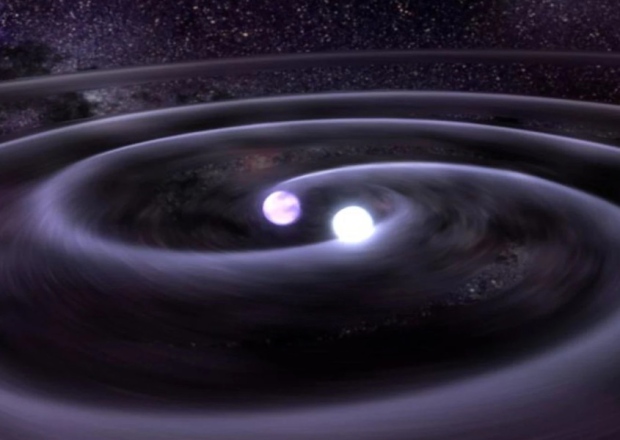-
Tips for becoming a good boxer - November 6, 2020
-
7 expert tips for making your hens night a memorable one - November 6, 2020
-
5 reasons to host your Christmas party on a cruise boat - November 6, 2020
-
What to do when you’re charged with a crime - November 6, 2020
-
Should you get one or multiple dogs? Here’s all you need to know - November 3, 2020
-
A Guide: How to Build Your Very Own Magic Mirror - February 14, 2019
-
Our Top Inspirational Baseball Stars - November 24, 2018
-
Five Tech Tools That Will Help You Turn Your Blog into a Business - November 24, 2018
-
How to Indulge on Vacation without Expanding Your Waist - November 9, 2018
-
5 Strategies for Businesses to Appeal to Today’s Increasingly Mobile-Crazed Customers - November 9, 2018
Hey gravity, give us a wave!
After long years of searching for experimental evidence, researchers at the LIGO Collaboration were finally able to confirm Einstein’s claim after they have detected subtle disturbances from these gravitational waves with the use of interferometers.
Advertisement
Professor Stephen Hawking stated that the gravitational waves could provide new perspective on astronomy.
Research scientist Gabriela González said: “This detection is the beginning of a new era: the field of gravitational wave astronomy is now a reality”.
Just a few months ago, those waves registered here on Earth as teeny, tiny blip; a blip that could help unlock the secrets of the universe. Analysis of the waves suggests they originated from a system of two black holes, each with the mass of about 30 Suns, that gravitationally drew closer to each other.
A passing wave essentially stretches space in one direction and causes it to shrink in another.
For the first time, scientists say we can hear the universe like never before in the form of ripples called gravitational waves.
The New York Times states that LIGO made the gravitational wave recording last September.
In 1974, student Russell Hulse and his supervisor Joseph Taylor calculated that a pair of burnt-out stars spiralling towards one another were radiating gravitational waves at exactly the rate predicted by Einstein. Seems like that a century later, scientists have got their hands on something that will further their understanding of the origin of the universe and shed more light on the Big Bang. The proposed LIGO-India project aims to move the Advanced LIGO detector from Hanford (in the US) to India.
Albert Einstein originally had the idea of gravitational waves emerging from his theory of relativity, which he unveiled nearly 100 years before this massive discovery.
Advertisement
Markarian 231, a binary black hole found in the centre of the nearest quasar host galaxy to Earth, is seen in a NASA illustration released on August 27, 2015. One LIGO detector is located in Louisiana and the other in Washington.




























